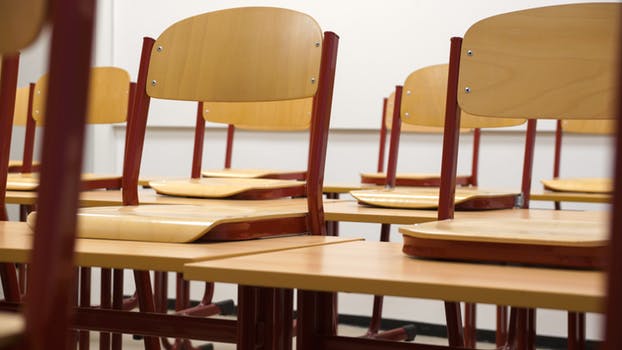Teaching Students About Speed in Physics

As a teacher of physics, one of the key concepts that need to be emphasized on students is speed. Speed in physics refers to how fast an object moves or its rate of motion. It is a fundamental aspect of physics that plays an essential role in understanding other concepts such as velocity, acceleration, and distance. In this article, we will discuss how to effectively teach students about speed in physics.
Introduce Basic Concepts of Speed
To make students understand speed, it’s essential to start by defining the concept. Start by introducing basic concepts such as distance and time. Students must understand that speed is measured by dividing distance traveled by the time taken. Explain the typical units used to measure speed, such as meters per second or kilometers per hour.
Use Real-Life Examples
To make the topic more relatable and understandable to students, it’s crucial to use real-life examples. Provide examples of objects that move at different speeds such as cars, cyclists, and animals. By giving concrete examples, you help students to ‘see’ and understand how speed works in everyday life.
Guide Students through Simple Calculations
After introducing the basic concepts and using examples, students need to be guided through simple calculations. Here, the teacher should use simple problems to help students understand the formula for calculating speed. It is essential to emphasize that the formula only works when the distance traveled and time taken are in the same units.
Encourage Group Discussions
Group discussions are an effective way to help students grasp difficult concepts such as speed. Encourage them to work in groups, and provide examples for them to solve together. This approach helps improve participation, engagement, and critical thinking skills among students.
Use Interactive Tools and Demonstrations
Interactive tools such as simulations and demonstrations help bring speed concepts to life in the classroom. By demonstrating motion and speed with real objects, students get hands-on experience and a chance to see speed in action. Interactive models make the topic more interesting and engaging for students.
Engage in Practical Experiments
Practical experiments are an excellent way to test and verify theoretical concepts, help reinforce the idea of varying rates of speed, and explain the relationship between speed and other physical properties like time, distance, and acceleration. In experiments, students can measure the speed of objects using tools such as stopwatches and sensors.
Conclusion
In conclusion, teaching students about speed in physics is a crucial aspect of learning physics. Introducing basic concepts, using examples, guiding students through simple calculations, encouraging group discussions, using interactive tools, and engaging in practical experiments are effective ways to help students understand the concept of speed. With the correct teaching approaches, students can develop a solid foundation in physics and improve their problem-solving skills.






